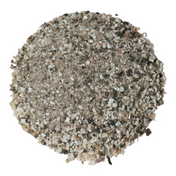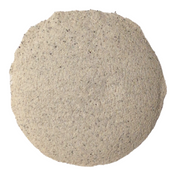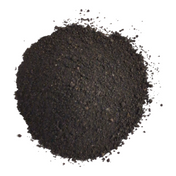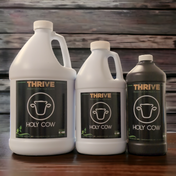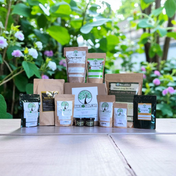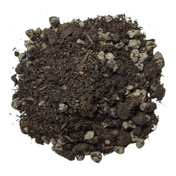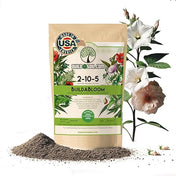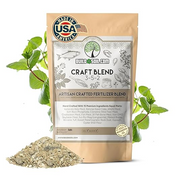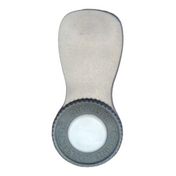Grower Pro Tips
-
Follow up to Fixing Soil
Now, Fast forward another month and the pepper plant in our mix has produced dozens of 6-10" long solid thick walled and juicy peppers. But the plant on the...
Jeremy Silva |
-
Some Really Cool and Effective Insect Control Techniques Using Earthworm Castings
So I was reading about soil and all the weird stuff related to it when I came across a scholarly article on Earthworm castings and Pest Control. Thing is, this...
Jeremy Silva |
-
Organic Integrated Pest Management Systems for Indoor use from Some Old Coot
Maybe sharing different approaches will be helpful for everyone, i.e. taking a different look at making the best use of the materials you have to work with. Neem (or Karanja)...
Jeremy Silva |
-
Gil Carandang Lactobacillus Serum Recipe
Thanks to Patrick over at Gil Carandang's Website for this awesome recipe. To get the full article visit GilCarandang.com How to Make: Get container, fill halfway with rice-wash. Rice wash is...
Jeremy Silva |
-
Why Gypsum in your Organic Soil?
Agricultural Gypsum Uses Agricultural Gypsum (Calcium Sulfate - CaSO4) is one of those rare materials that performs in all three categories of soil treatment: an amendment, conditioner, and fertilizer. Soil...
Jeremy Silva |
-
Where are the Minerals? Nutrition Free Food isn't Good.
Ever wondered what everyone is thinking about? Here are 6 examples of growing styles that all claim to have the solution to better food, but do they? Excerpt from "The...
Jeremy Silva |
-
The Neem Tree is a Global Problem Solver
The products created from the Neem Tree are so much more important than I had ever thought when I first started using them. I first started using Neem oil because...
Jeremy Silva |
-
What is Cation Exchange?
The Exchange Capacity of your soil is a measure of its ability to hold and release various elements and compounds. We are mostly concerned with the soil's ability to hold...
Jeremy Silva |
-
9 day update on Organic Soil Fix
This is a follow up to our previous Blog Article on July 16th titled, "Light green and no growth, a trial at soil correction." Here are the photo's as of July...
Jeremy Silva |
-
Did you know that harmful hormones antibiotics and toxins are hiding in your Organic fertilizer?
When I found out how all these fertilizers are made, and what's really in them, I was disgusted and wanted to do something about it. I'm hoping that when you find...
Jeremy Silva |
-
Free Copy of Acres USA
Looking for a good resource in print? This is one of the best available magazines on Organic Farming and you can get a free copy at their website. Best of...
Jeremy Silva |
-
DIY Compost Tea Brewer: How to make a compost tea brewer on a budget. (Under $50)
So you want to brew your own compost tea huh? Well I can’t blame you. This stuff is better than anything you can pay for and will all the misinformation...
Jeremy Silva |
-
DIY Natural Pest Control Spray
Don't buy expensive bottles of organic pest control spray. Make your own!!! You can use just soap and water. You can add the Neem oil with just soap and...
Jeremy Silva |

